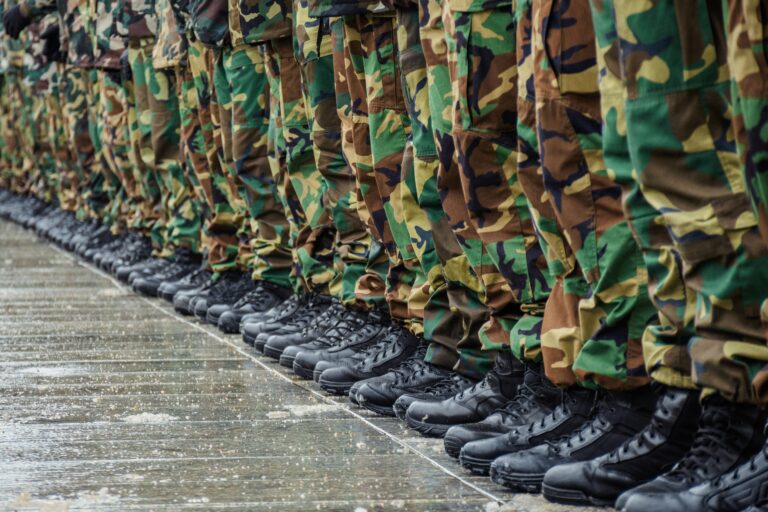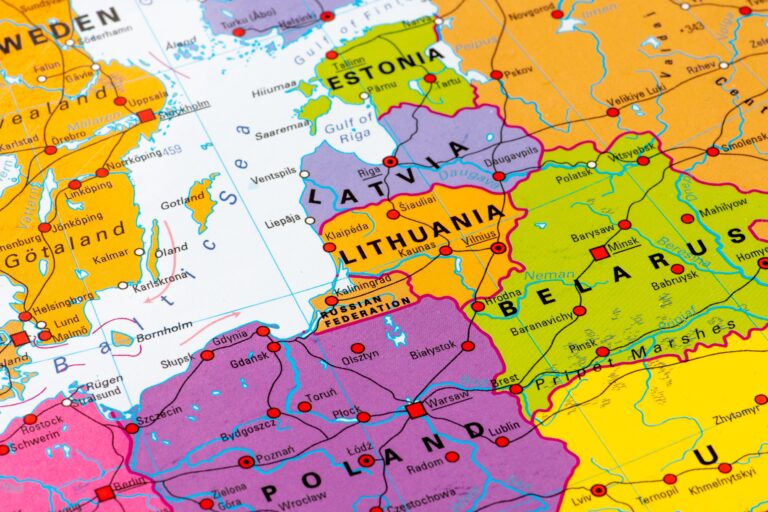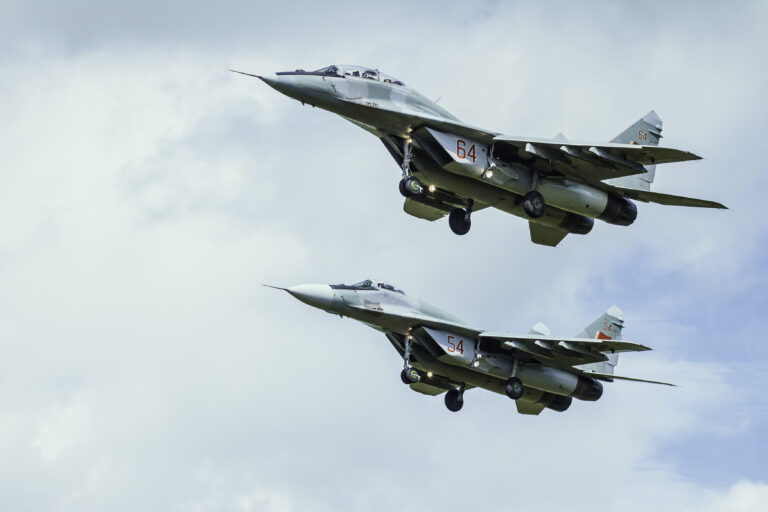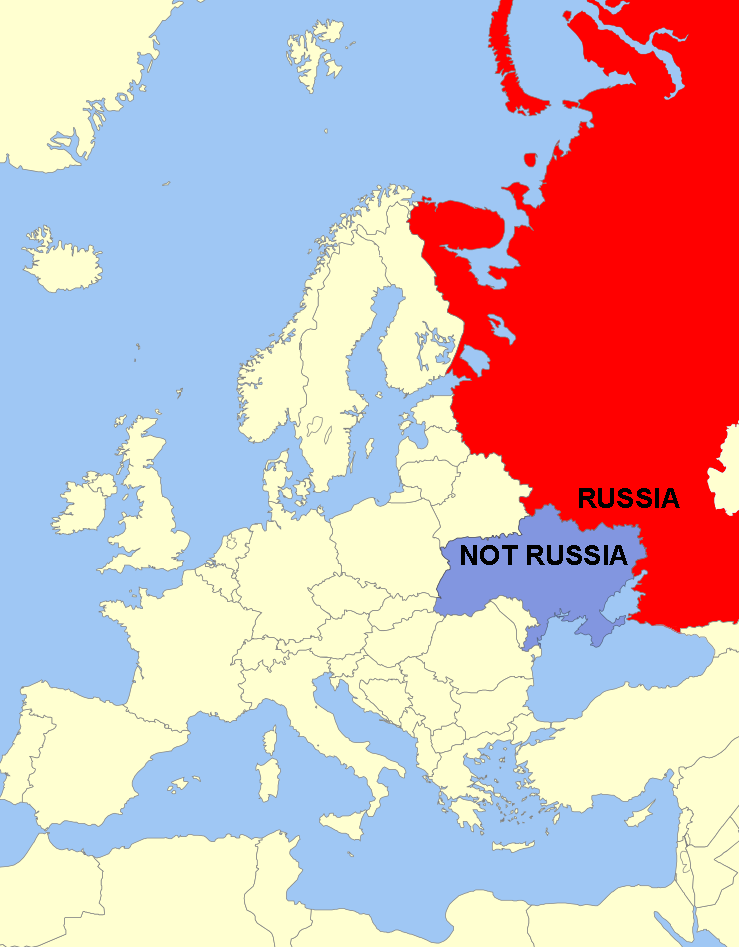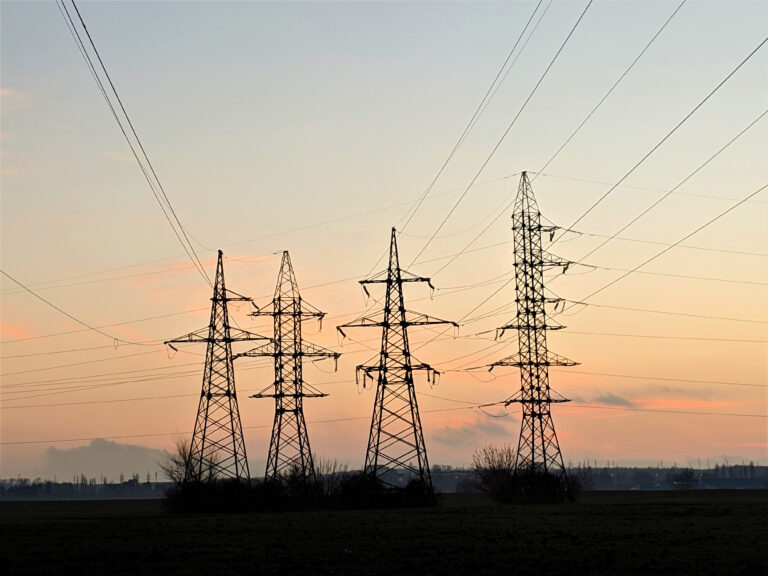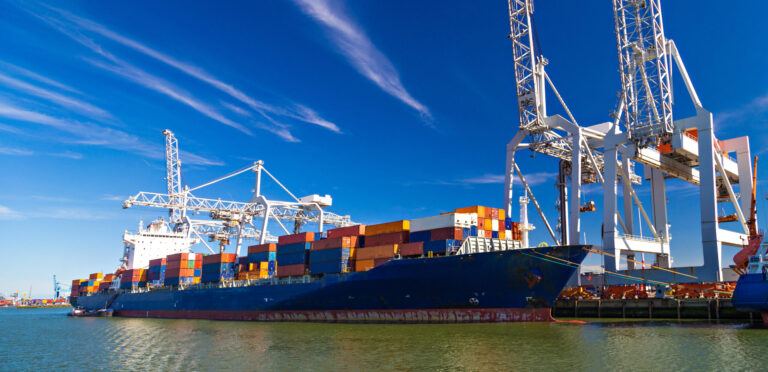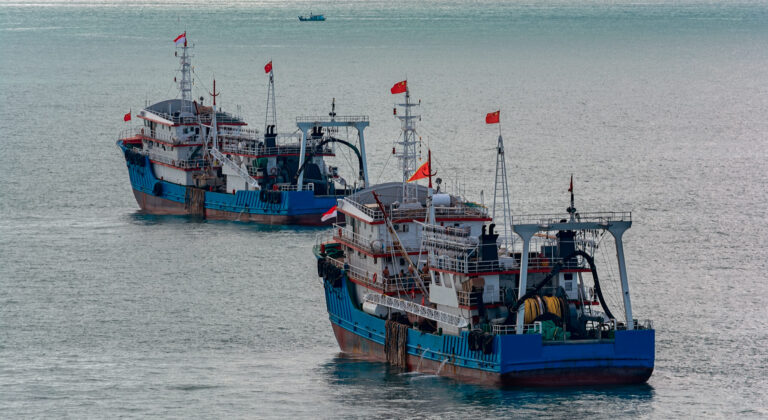The working paper takes stock of critical Infrastructure-related lessons identified and learned during a two-year assessment done by the Community of Interest for Vulnerabilities and Resilience in the European Centre of Excellence for Countering Hybrid Threats. Modern critical Infrastructure seemingly serves as an effective instrument in the hands of adversaries able and willing to use hybrid tools. No widespread use of this possibility has thus far been tested in any serious conflict between developed states. The first time will quite likely surprise many.
Reference is made to modern critical Infrastructure Risk theory, which is connected to escalation theory of International conflicts. According to the main finding, a hybrid adversary may gain significant benefits in conflicts by acting against critical Infrastructure in countries that are dependent on an open market economy and a transparent democratic decision-making process. Distraction and disruption describe the extreme tones of such an effect. Available asymmetric techniques such as cyber tools, covert special operations, information operations, political agitation and economic instruments, when combined with the vulnerabilities of modern critical Infrastructure, form a new threat. It is suggested that this threat be named “Weapons of Mass Disturbance (WMDi)”.
Resilience, attribution and exchange of information remain key words when improving defences against such potential activity.
Relevant critical Infrastructure is mainly owned by companies, not public services. The way forward must be planned together between states and the private sector. Community-level responses (EU, NATO) would be desirable in terms of regulation as well as preparedness.

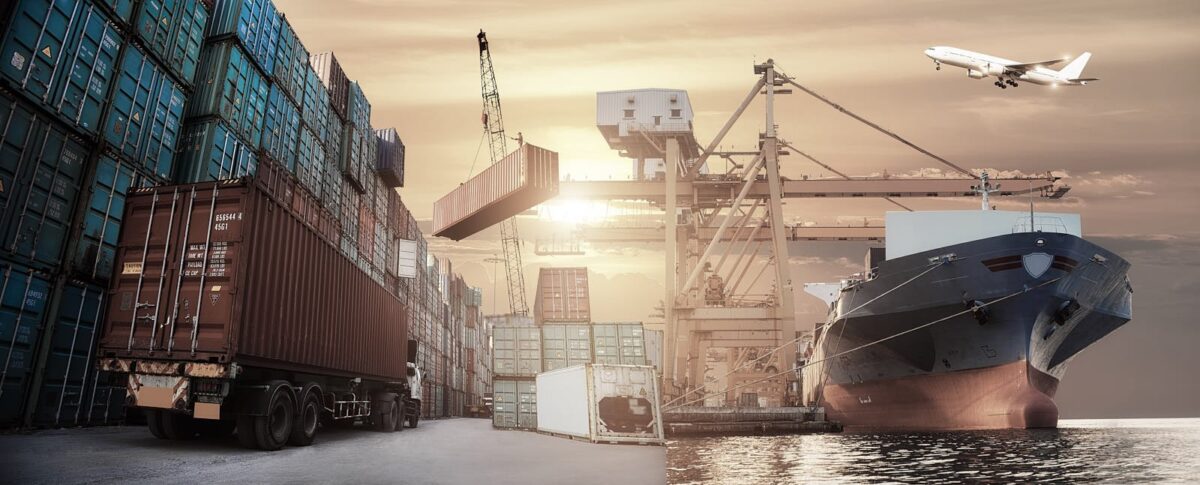


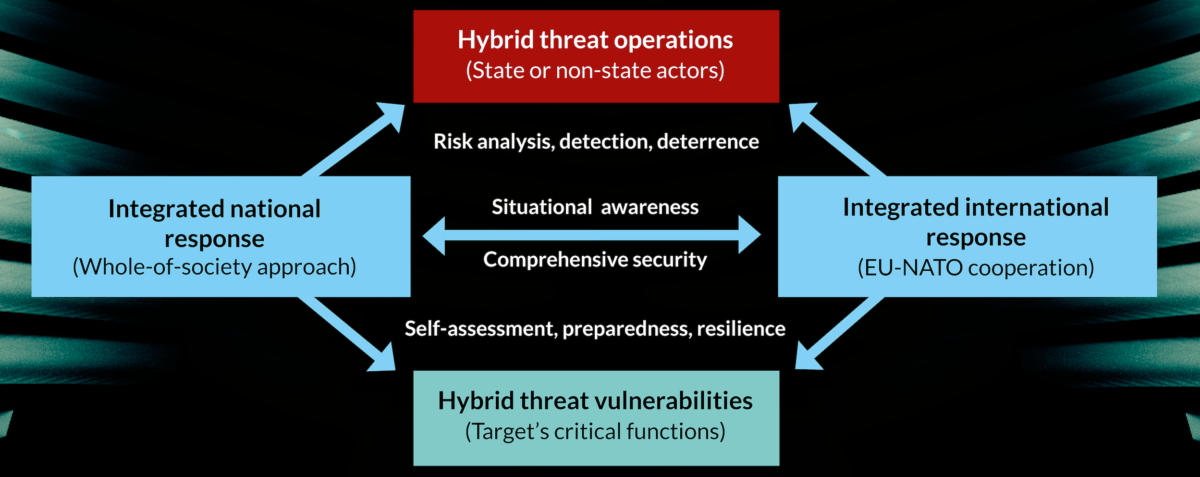

 Hybrid CoE Working Paper
Hybrid CoE Working Paper 
